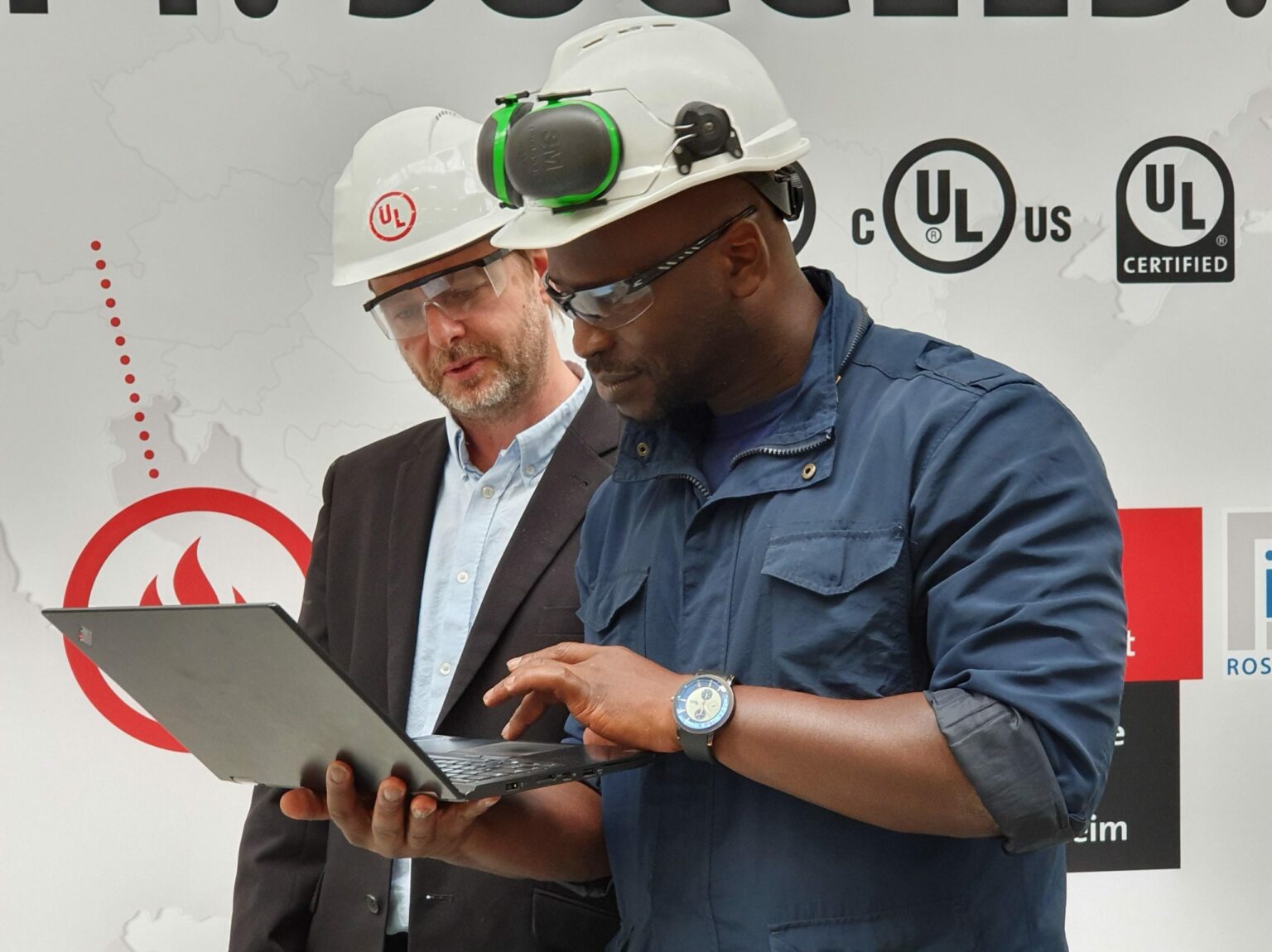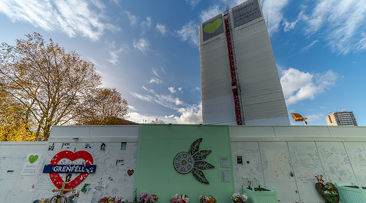The role of firestopping for improved fire safety
- October 29, 2020
- 8:48 am


Iain Hoey
Share this content
Global safety science provider, UL reports on fires in high rise buildings and the role of firestopping for improved fire safety.
After the Grenfell Tower disaster in June 2017 which claimed the lives of 72 people, Dame Judith Hackitt’s review of UK fire safety and construction identified systemic construction failures that contributed to a system that was, in her words, not fit for purpose.
Her recommendations addressed issues in all areas of the construction system, from design through planning, building and occupation. The problems she identified appear to be ones repeated all over the globe.
Although her adopted recommendations are primarily aimed at high rise residential buildings, the UK Government intends to encourage good practice in all new build construction. Regardless, fire safety in residential buildings will definitely change as a result of the essential primary focus, resident safety.
With regulatory changes proposed by government to address the Hackitt Review findings, more control over the process of construction is on the horizon. With more control, improvements can be made throughout the build process to deliver safe buildings.

In particular, the UK Government will increase focus on improving the standard of installed fire protection measures. This new regime will force cultural change for those who are involved in making our buildings fire safe for occupation.
One crucial part of a building’s fire prevention measures is that of firestopping: sealing holes made in fire compartment walls and floors by services’ penetrations passing through those fire resisting walls and floors. Ventilation systems, electrical, communication and plumbing services all cause breaches in compartment lines through which fire can spread.
Competence is the key to compliance and underpins every element of fire safety in our built environment. Lack of competence has led to failures in fire containment, with the total loss of buildings and tragic loss of life.
After the publication of Dame Judith Hackitt’s report, a steering group was established to specifically look at required competences and examine how each profession within the construction chain can demonstrate proficiency. In the summer of 2019, the steering group issued their interim report, ‘Raising the Bar’.
The main working group, WG0, identified what competence is: skills, attitude, knowledge and education, or SAKE. Each of the supporting working groups adopted the SAKE principle when examining the required competences for each profession and how best that defined competence can be demonstrated. Competence is essential if any new regulations are to deliver the required outcomes.
Getting fire stopping right depends on making it a priority in any new build project. Early engagement in fire safety is paramount; it sets up fire safety as an essential part of construction and not an afterthought. If fire safety is on the agenda from the design and concept of a new build project, it has a better chance of staying on the agenda for the entirety of the new build project.
The Royal Institute of British Architects (RIBA) plan of works provides a framework of best practice, which when applied to a new build should identify the specific safety requirements and the safety roles at every stage of the project.
Construction, design and management (CDM) regulations define the roles of principal designer and principal contractor, who will be the accountable persons within the new gateway system proposed by the U.K. Government.
The gateways will effectively prevent projects from moving forward if the correct information is not submitted to the building safety regulator by the correct accountable person.
The building safety regulator will be responsible for all major regulatory decisions made at key points during the design, construction, occupation and refurbishment of a building in scope.
They will have powers to prevent new buildings from being occupied, if the evidence of fire safety compliance is insufficient to confirm that fire safety is appropriate for that specific building and the intended occupant type. Therefore, diligence in the early stages of a build will help prevent issues later in the process.
Building Information Modelling (BIM) provides a template for capturing digital information about fire safety systems within a building. The 3D virtual construction of a building allows the project team to produce a collaborative fire safe design.
By understanding what services are required and which floors and walls they pass through, it is possible for the main contractor to adequately plan for and resource firestopping.
Information in a BIM format is addressable and, in theory, could be passed on to the building owner to enable management throughout a building’s life cycle and through any refurbishments.
Digital information will be required for all buildings in scope of the new regulations; having quality information that is accessible and addressable will mean all key stakeholders can have access, giving them a transparent view of building safety.
Manufacturers of fire safety products and systems will need to embrace the new digital era and ensure that the quality of their product information is detailed and in an appropriate format. Clarity over the type and amount of testing done to support their performance claims will be imperative if they wish to be included in specifications.
Evidence of products and systems fitness will need to be included in the building’s digital dataset, making the use of products with the best assurances of performance a more popular option.
Quality of performance evidence may ultimately have more value than price, thus pushing out the lowest price but less evidenced options.
To summarise, many of the UK issues which have been identified in the Hackitt Review are issues repeated world-wide. It therefore stands to reason that many of the solutions being implemented to enforce a change in the construction sector in the UK could be adapted for different regions.
Fire protection, including firestopping, needs to be on the radar much earlier in the build process. Getting it right needs to be a collaborative cause and not an afterthought.
Those who are designated as the accountable person can be assured that the buck will stop with them. Quality digital information about fire protection (firestopping) is going to be essential.



